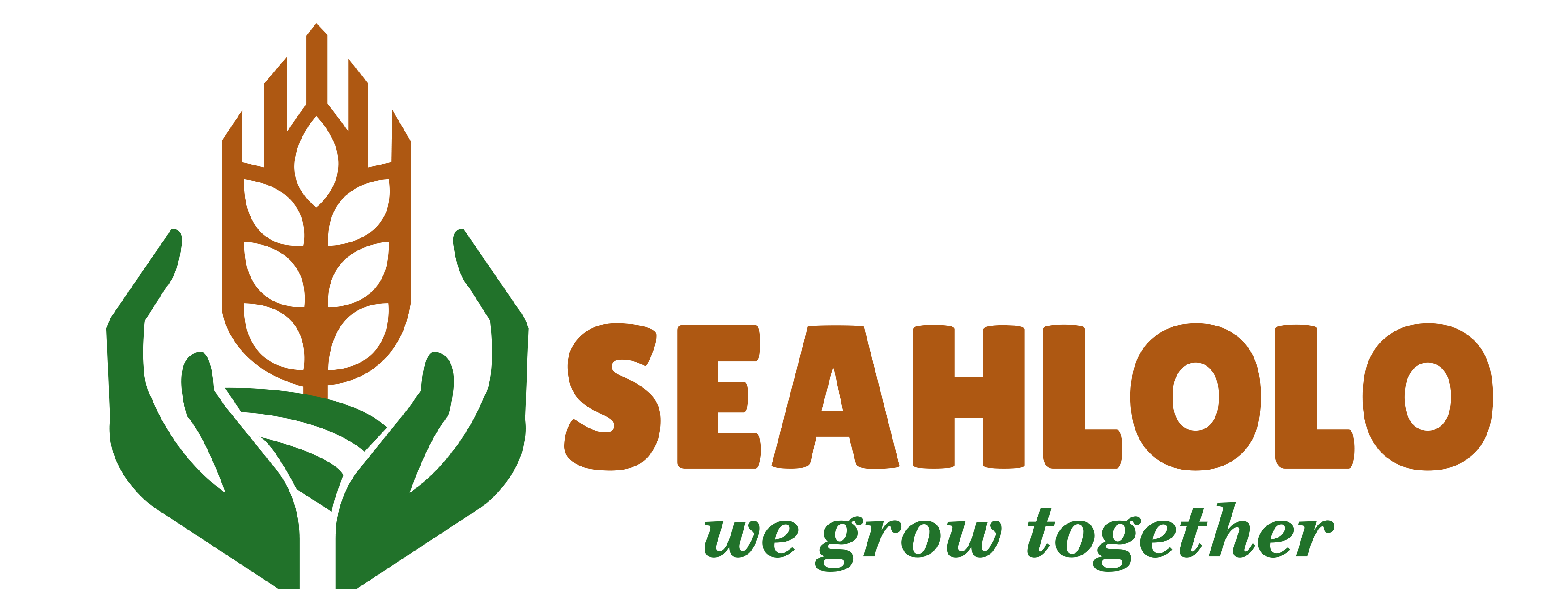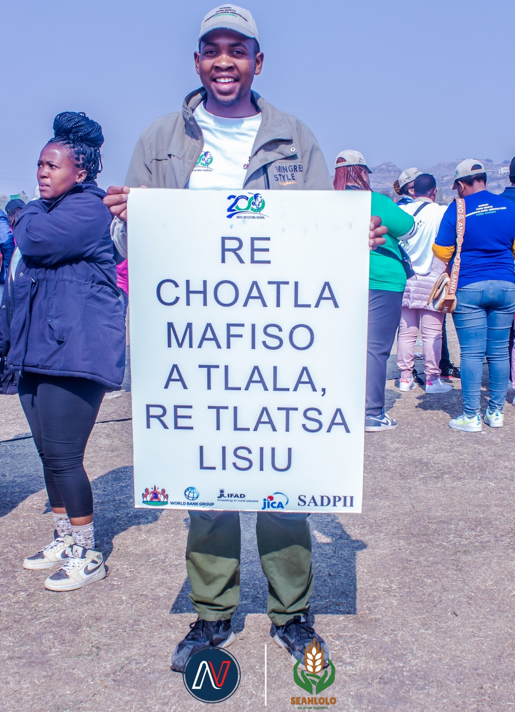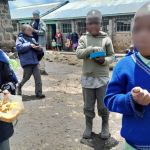…Over M550 million grants and loans mobilised in the last three years
Agriculture remains the heartbeat of Lesotho’s rural economy, and while government allocations provide foundational support, it is externally funded agricultural projects that are driving most of the sector’s meaningful transformation.
The Consolidated Budget Report for 2025/2026 reveals that over M400 million worth of agricultural investments are being implemented outside of the government’s core budget, making a visible difference in the lives of farmers, cooperatives and rural communities.
“In total, donor-funded projects in agriculture have mobilised over M550 million in active grants and loans over the past three years, nearly double the annual public allocation to the sector. This financing has not only filled critical budget gaps but also introduced innovations that the government can learn from and scale nationally,” the report noted.
At the forefront is the Smallholder Agriculture Development Project Phase II (SADP II), a joint initiative funded by the World Bank, IFAD, and the Japan Policy and Human Resources Development Fund.
As of 2024, the project has disbursed M278.7 million and continues to support productivity, market access, and institutional capacity for smallholder farmers across Lesotho.
According to the report, SADP II has reached 14,020 direct beneficiaries, with 44% being women and 37% youth.
It has supported over 200 matching grants, empowering farmer cooperatives to invest in greenhouses, irrigation systems and poultry infrastructure.
SADP II has facilitated the establishment of 13 solar-powered irrigation schemes, particularly in Quthing, Leribe, and Berea and has financed rural feeder roads improving access to markets for more than 5,000 households.
This project has been instrumental in fostering climate-resilient agriculture, enabling farmers to shift from traditional rain-fed production to controlled and high-yield systems.
“For example, in Ha-Mokhesi, one cooperative reported an increase in tomato yields from 4 tonnes to 12 tonnes per hectare following the installation of drip irrigation and tunnel farming infrastructure,” the report said.
Equally impactful according to the report was the Wool and Mohair Promotion Project (WAMPP), co-financed by IFAD and the European Union, which has injected M226.3 million into Lesotho’s highland livestock economy.
Its interventions reached 15,532 wool and mohair producers, constructed and refurbished 21 shearing sheds, supported training for 900 community animal health workers and reduced animal mortality by 30% in intervention zones due to increased access to veterinary services.
The report noted that WAMPP has directly contributed to improved fibre quality and marketing outcomes.
“Lesotho’s mohair exports have subsequently increased by M35 million over the past two years, with improved traceability and certification systems in place.”
In addition to infrastructure and inputs, donors are providing technical assistance to strengthen systems and through the World Bank’s institutional support, the Ministry of Agriculture has improved project monitoring, introduced e-procurement systems, and digitised farmer registries.
The World Food Programme (WFP), under its Climate Resilience and Nutrition Programme, has invested over M45 million in school gardens, nutrition-sensitive agriculture and rangeland rehabilitation. This intervention now benefits 33,000 learners and supports food diversification in vulnerable districts of Mokhotlong and Thaba-Tseka.
However, while these projects are showing tangible impact, the report cautions that fragmentation and short-term funding cycles pose sustainability risks.
“Many of the externally funded programs operate independently, and there is concern about the lack of institutional anchoring within the Ministry of Agriculture, Food Security and Nutrition,” the report said, noting to address this, the government should prioritise the strengthening of the Agriculture Sector Coordination Unit (ASCU) to streamline donor support, prevent duplication, and ensure alignment with the National Strategic Development Plan II (NSDP II) and the upcoming NSDP III.
The report underscores the need for stronger public-private partnerships (PPPs) to complement donor contributions and attract long-term investment in agri-processing, storage and logistics sectors currently underfunded despite growing demand.




